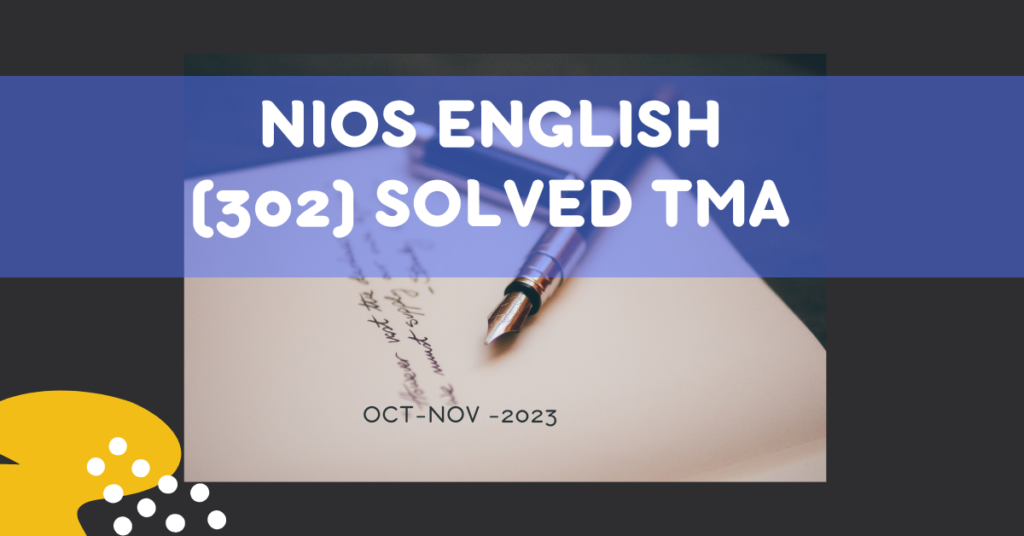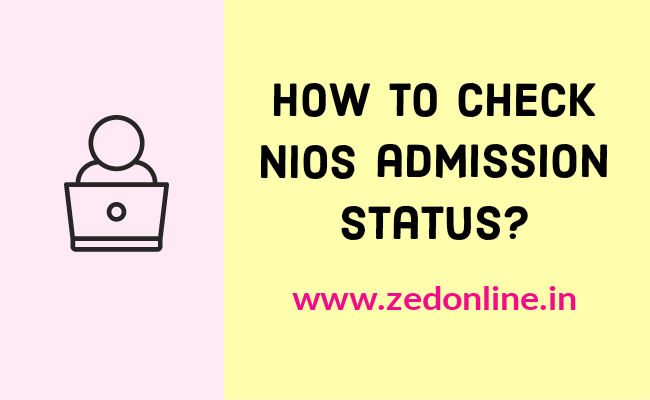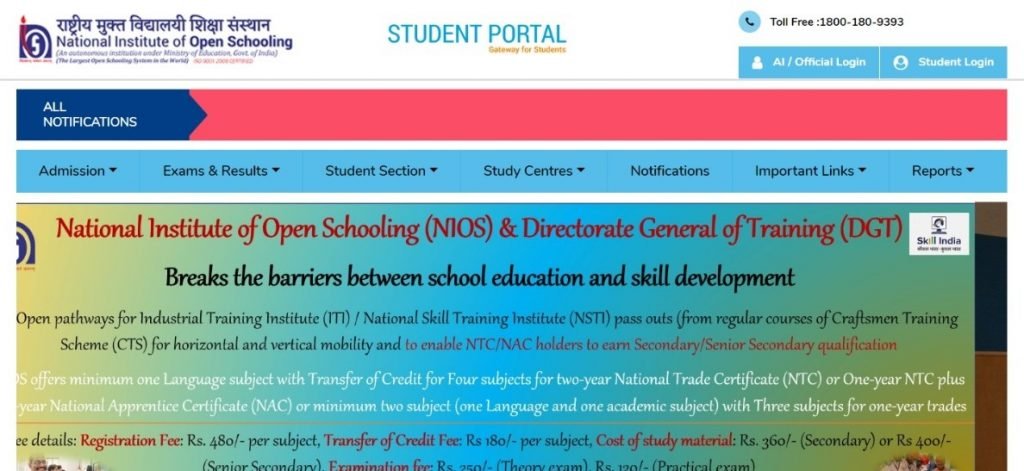NIOS Solved TMA Business Studies (215) (TMA)-2019-2020 for class 10
1.Answer any one out of the following questions in about 40-60 words:-
b) Reena and Teena are doing a Partnership firm business. They came to know the advantages of
Co-operative societies. Guide them to change that establishment as Cooperative society by
describing the advantages of cooperative societies.
Answer: Advantages of cooperative Societies:
Limited Liability: The liability of members in case of co-operative society is limited to the extent of capital contributed by them.
Democratic Control: A Co-operative Society is controlled in a democratic manner. The management is democratic, based on the one man, one vote concept.
Stable Life: The existence of co-operative society is not affected by the death, insolvency, lunacy or resignation of any of its members.
2.Answer any one out of the following questions in about 40 to 60 words.
a) Teddy is a shareholder of a Joint Stock Company. What advantages must have been enjoyed
by Teddy, as a shareholder of Joint Stock Company?
Answer: Advantages enjoyed by Teddy as a shareholder of joint stock company are
Limited Liability: He is liable only to the extent of the face value of shares held by him.
Transfer ability of Shares: The shares of a pubic limited company can be freely transferred by the members without the consent of other members.
Diffused Risk: The risk of loss in a company is spread over a large number of members.
3.Answer any one out of the following questions in about 40 to 60 words.
b) Identify economic and non-economic activity from these statements:
(a)Mr. Chaitanya playing football for his country.
(b) Ms. Sharanya watching a dance program in a Television.
Answer: a)Mr Chaitanya playing football for his country is an economic activity as he earns money while playing football.
b) Ms Sharanya watching a dance program in a Television is non economic activity as she is not getting any monetary gain from it.
4.Answer any one out of the following questions in about 100 to 150 words.
b) What are the features of a Private limited Company? How does it differ from Public Limited
Company?
Answer: Private Limited company has following features:
a)Restricts the right of its members to transfer their shares.
(b)Limits the number of its members to fifty only.
(c)Prohibits any invitation to the public to subscribe for any shares or debentures of the company; and
(d)Prohibits any invitation or acceptance of deposits from persons other than its members, directors or their relatives.
Differences Between Private Limited Company and Public Limited Company:
| Private Limited Company | Public Limited Company |
| Max number of members cannot exceed 50 | No restriction on maximum number of members. |
| Can not issue share to general public. | can invite general public to subscribe it share |
| Must have at least two director | Must have at least three directors |
You may also Like: Economics (214) Solved TMA.
5.Answer any one out of the following questions in about 100 to 150 words.
a)What special features can be associated with ‘Karta’ in a Joint Hindu Family Business?
Answer: The special features associated with ‘Karta’ in a Joint Hindu family Business are:
a) The oldest member of Joint Hindu family Business is known as the Karta.
b) management of business vests on Karta. Karta may associate other members of the HUF to assist him.
c)The Karta has unlimited liability, i.e. even his personal assets can be used for payment of business dues.
6. Prepare any one project out of the following projects given below.
Go to any Industry located near your place. Identify the ‘aids-to-trade’ which help that industry.
Prepare a detailed report of any three ‘aids-to-trade’ that is supporting that industry.
Answer: Aids to Trade: All business activities that facilitate smooth flow of goods from production center to the place of consumption is called aids to trade or auxiliaries to trade. For example Transportation helps in carrying goods from place to another. Warehousing helps in storing of goods.
Different Type of Aids to Trade:
- Transport
- Warehousing
- Insurance
- Advertisement
- Banking
1. Transportation: It is not possible to sale all goods at or near production centre. Hence, goods are sent to different location and places where they are demanded. Transportation is the medium which moves men and materials from one place to another.
Different Type Of Transportation available.
a) Land transport – road, rail.
b)Air transport – aeroplane
c)Water transport – boat, ship2. Warehousing: Storage is indispensable in these days of large scale production. There is time gape between production and consumption of goods. The goods should be stored carefully from the time they are produced till the time they are sold, hence, the need for warehousing. Warehouses are also called godowns.
3.Banking: Now-a days a business can run without banks. To start the business or to run it smoothly we require money. Banks supply money. A bank is an organization which accepts deposits of money from the public, withdrawable on demand or otherwise, and lends the same to those who need it. Banks also provide many services required for the business activity.
" Source NIOS Business Studies 215 text book"






